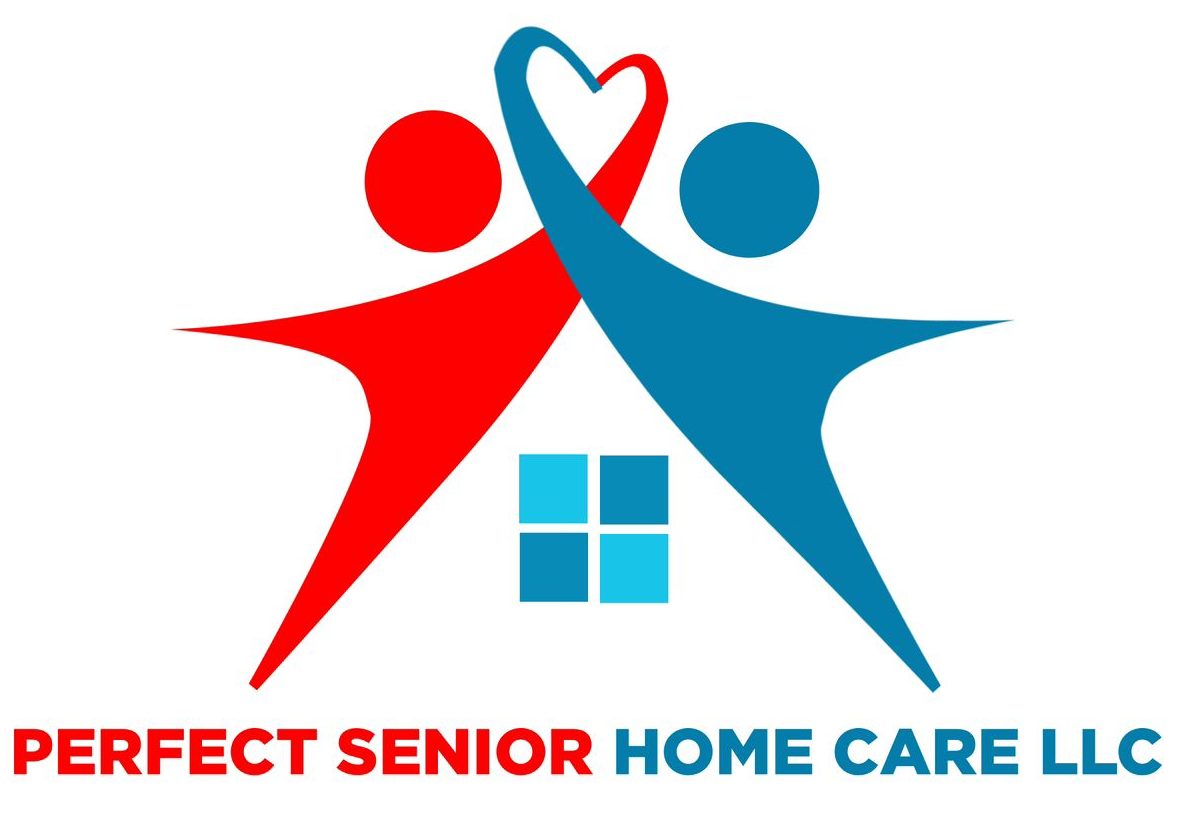Retirement Home Staffing Levels
During the week of February 17, 2002, headlines shouted the news – more than 92% people retirement home fall short to have an appropriate number of staff to supply quality care for elderly homeowners. Newspapers and radio programs based their tales on the new research the Health Care Financing Administration (HCFA) recently offered to the Senate’s Special Committee on Aging.
Fascinating searchings for led us to reconsider our current data set of nursing home shortages. What we located may surprise you; there was no relationship between the degree of staffing and the variety of shortages reported for assisted living facility. Nonetheless, there was a partnership in between degree of staffing and percent of homeowners with pressure sores and physical restraints.
This post is given to you so you’ll have a greater understanding of what these findings mean.
The HCFA Study
Function – HCFA’s research was performed at the request of the Senate’s Special Committee on Aging to establish what minimum level of retirement home staffing was called for in order to provide top quality treatment.
Searchings for – The study reported that a minimal degree of staffing, established to be 2.9 hours of Certified Nursing Aide (CAN) time per homeowner was needed for quality care. A variety of steps entered into this finding. Among them, a time and motion research examined the time needed for standard solutions such as dressing and toileting.
A correlational study that examined the partnership in between pressure (bed) sores and staffing found that a greater degree of staffing was connected to lower levels of pressure sores. This study was somewhat restricted by the truth that homes with really reduced levels of staffing rejected to participate; it might be inferred that the correlational findings would have been more powerful with the engagement of these homes.
Additionally, the HCFA research study analyzed the precision of reported level of staffing in study and price reports. They discovered that price records were a lot more exact than survey leads to mirroring an accurate level of staffing as identified by nursing home pay-rolls.
Limitations – The record was restricted by the level of the data collected (3 states included) and might not be generalizable throughout all states.
When Should Staffing Concern You
When the best is yet.net started analyzing long-lasting treatment, we attempted to gather information on staffing and discovered that it was exceptionally tough to obtain exact details. Then a well-respected administrator recommended us that while staffing was necessary, it was not as good as procedure of quality as the level of treatment residents actually obtained. We have found out with experience how ideal his advice was.
What should you look for when determining the top quality of care locals receive?
Look for locals who are well groomed and not lethargic.
Try to find residents actively engaged in activities; although each retirement home is needed to have an activities director, this does not indicate that arranged activities actually take place.
Check the most current study rankings for the percent of homeowners with stress sores. We additionally suggest that you take a look at the percent of residents with physical restrictions since physical restraints might be utilized as an alternative for personnel.
Search for the high quality of communications between personnel and locals. Although a minimal degree of staffing is required for high quality treatment, merely having staff at that level does not guarantee quality treatment. Residences may have high numbers of staff that do not communicate properly with locals.
Pay attention for responses to resident problems. Staff who disregard requests and issues are not supplying high quality care.
What You Can Do to Find Good Care
Inspect retirement home scores and browse through only those with couple of or, still better, no deficiencies.
Call your state’s long-lasting care ombudsman to obtain details on resident/family grievances. Although these grievances are not standardized and may consist of wide variations in intensity, a great deal of issues ought to warn you far from homes receiving them.
Take into consideration non-profit treatment initially. In general, charitable homes have less reported deficiencies and greater degrees of staffing than do for-profit homes.
What Else Can You Do?
The existing growth in an aging population means that increasingly more individuals will certainly need lasting treatment unless we do something about it currently. That something comes to be very individual for those people in the Baby Boomer generation who will, within a few years, belong to the generation possibly requiring assisted living home treatment.
Just how’s your health and wellness? Do what you can to ensure that your later life will certainly not be complicated by any one of the 3 leading root causes of assisted living home remains: heart disease, cancer and stroke.
What we found may surprise you; there was no connection between the degree of staffing and the number of deficiencies reported for nursing homes. There was a partnership between degree of staffing and percent of citizens with pressure sores and physical restrictions.
Searchings for – The study reported that a minimum degree of staffing, established to be 2.9 hours of Certified Nursing Aide (CAN) time per homeowner was required for high quality treatment. A well-respected manager suggested us that while staffing was vital, it was not as good as measure of top quality as the degree of care homeowners really got. Also though a minimum degree of staffing is required for high quality care, just having personnel at that level does not guarantee high quality treatment.
